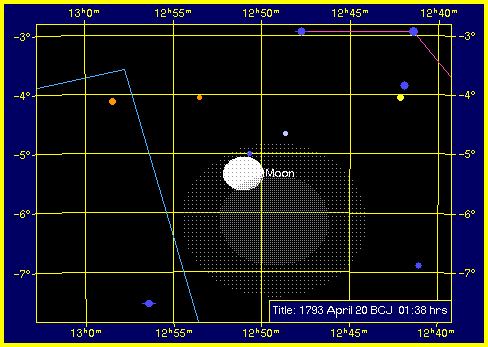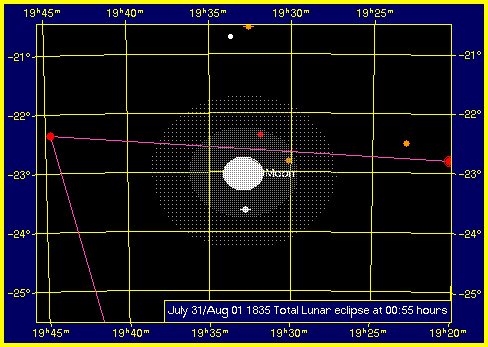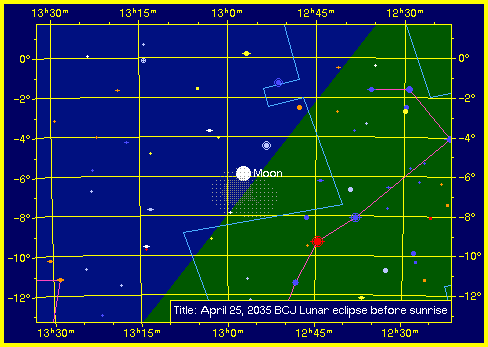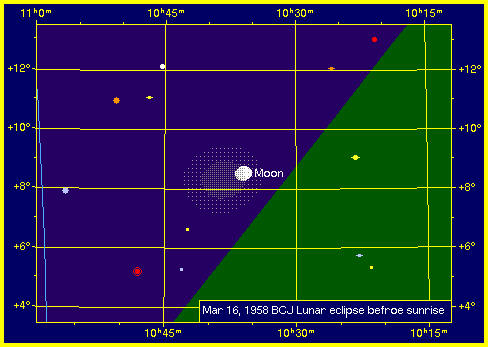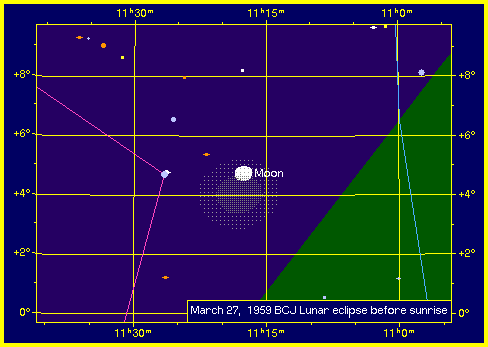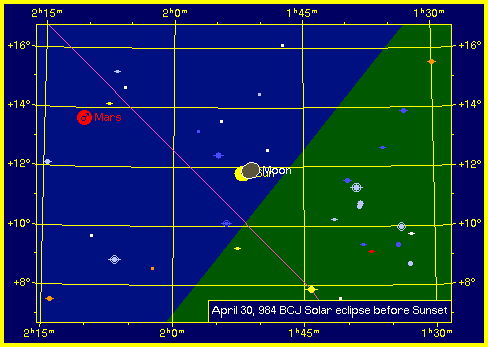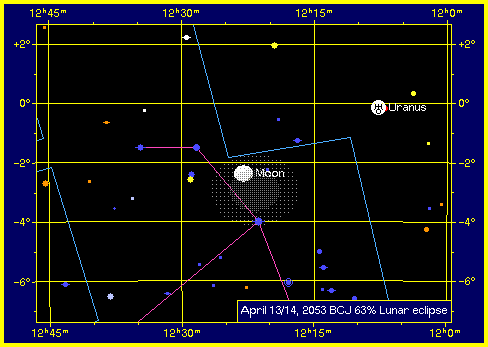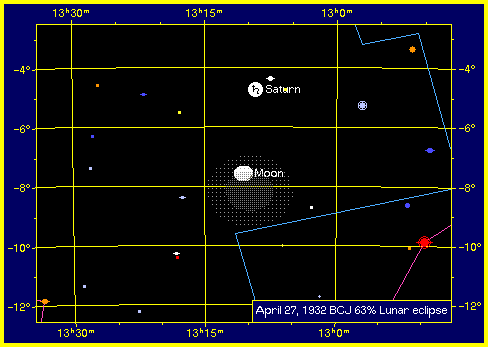 |
 |
|||||||||
|
||||||||||
For checking the validity of the LodeStar Software, the data contained in the article "Ancient Astronomical Observations" and "Near Eastern Chronology in Journal of Ancient Chronology Forum", Volume 3, by Wayne Mitchell was chosen. The earliest records of astronomical eclipses and omens date to the Mesopotamian Dynasty of Agade,. But the most extensive collection of celestial observations was undertaken during the Kassite period and evolved into a series known as Enuma Anu Enlil(EAE). A number of Recorded tablets from that old era which details the chronology of various kings and their lives, are presently available in British Museum. The article JACF3 [ref 7], refers to a number of eclipses, which have been dated using retro calculations. The author analyzes a number of tablet data to arrive at periods over which kings were ruling. The dates also have been corrected to earth’s rotation rate variation due to mass-inertia changes of polar caps etc. The eight eclipses cover a period of 2053 BC down to 984 BC (sic from Ref[9]). 1. The Lunar eclipse on the 19th April 1793 BC identified as best candidate for the Adaru eclipse, (Second Eclipse of Ur III) which marked the end of the reign of Ibbisin or the Eclipse of Ibbisin.
2. The Lunar eclipse on 31 July 1835 BC, the Ur III Simanu eclipse (First Eclipse of Ur III), said to mark the end of the reign of Shulgi or the Eclipse of Ur III.
3. The partial Lunar eclipse on the 25th April 2035 BC, identified to mark the end of Rimush or the Eclipse of Agade.
4. The 'sequential' eclipses on the 27th March 1959 BCJ and the 16th March 1958 BCJ identified to mark the end of Sharkalisharri,. Note that these occur just before sunrise.
5. The Solar eclipse of 30th April 984 BCJsets date of Mursili's Year 10 campaign.
6. The Solar eclipse of 30th April 984 BCJsets date of Mursili's Year 10 campaign.
7. The 26th April 1932 BCJ Lunar eclipse of partial 0.62 magnitude eclipse
As was stated before, the eclipse data has been exclusively taken from Ref 9. The Lodestar pro accurately predicts all these eclipse without an error, at longitude and latitude of about 40 deg East, 34 deg North, near the Mesopotamia area. One mild exception that the sequential eclipses in 1959 and 1958 BC are shown to occur through sunrise. Also some of the dates change to next day at midnight after the beginning of eclipse. This validation gives us some confidence that the LodeStar can be used to predict the eclipse periods of at least up to 2100 BC. We now take a further step and assume that it can be extended to 3300 BC. Of course, this whole exercise of astronomical retro-calculation has some degree of uncertain character. Let us proceed with assumption that the LodeStar Pro can provide accurate eclipse data for Kuruxethra in the period 3300 BC down to 700 BC.
|
||||||||||||
